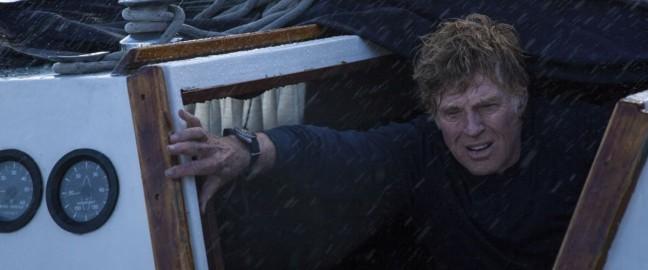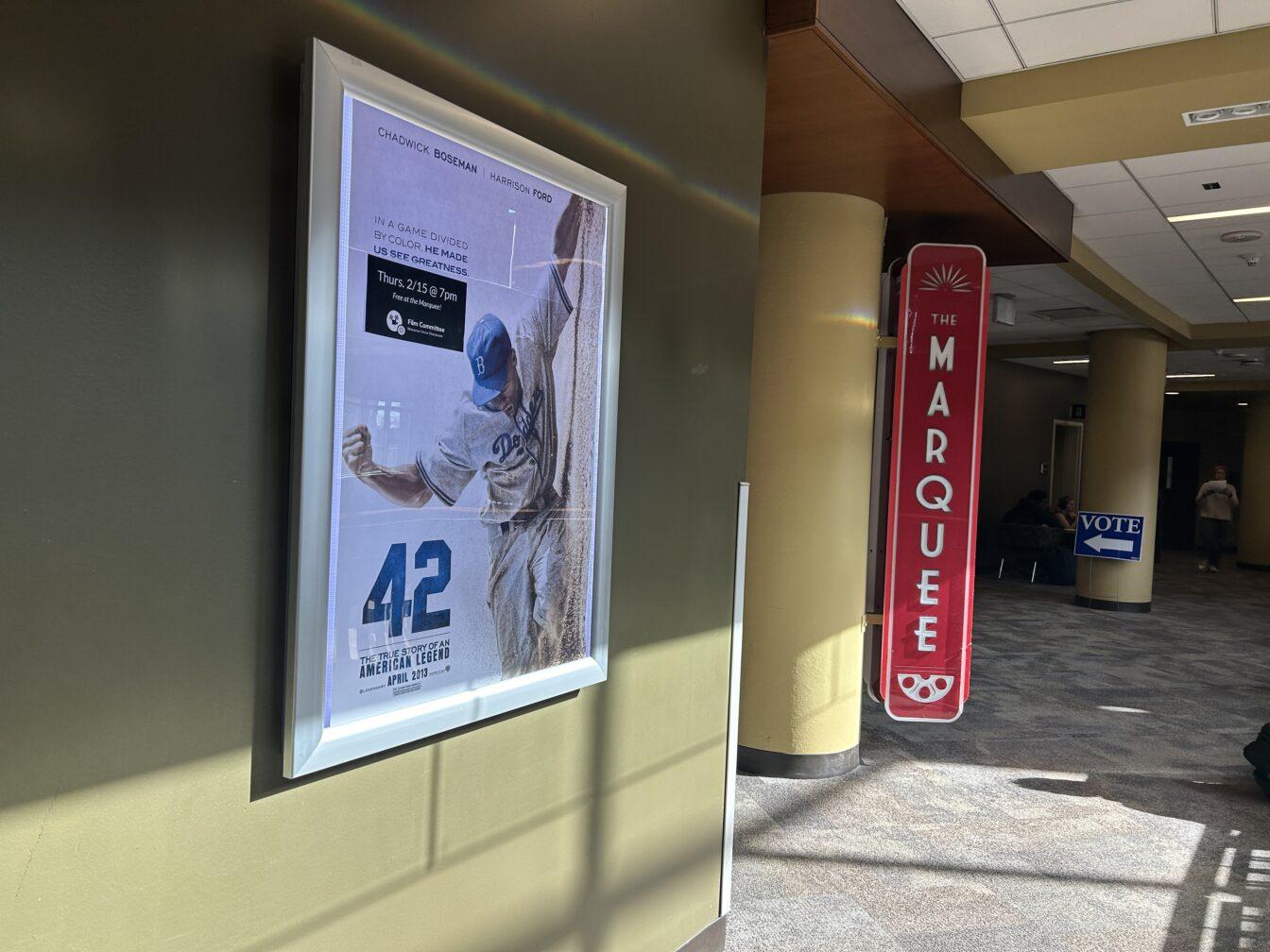Members of Generation Y tend to think of action movies as exclusively something of the Baz Luhrmann variety, with so much CGI that a film adaptation of some classical literature could be more easily recognized as the next edition of “Grand Theft Auto.” But this is not the fault of the viewer; it seems that the trend in the movie business is to take a classic story and hook up a high voltage wire to it, creating films with headache-inducing visual effects. “All Is Lost” is in opposition to the “The Great Gatsby,” “Avatar” and “Life of Pi”— movies that assume that all the viewers want is glowing mythical animals and fast-paced car chases set in distant settings. “All Is Lost” has only one real character and takes place in a singular setting. The film captures the viewers’ attention with simplistic yet brilliant cinematography and Robert Redford’s shockingly realistic depiction of a man alone at sea.
Silent films tend to be esoteric, but the lack of dialogue in “All Is Lost” does not detract from its accessibility. In fact, it adds to it. Robert Redford (“The Company You Keep”), listed as “Our Man” in the credits, is meant to be an “everyman.” Nothing is known of his personal life before the voyage. Not even a wedding ring can clearly be identified. He could be a father or a husband or you. There are no flashbacks, no personal narration of thoughts or actions and no real interactions with other humans. But every detail of his survival is documented with stunning clarity, placing the viewer in the boat with him.
The story begins with “Our Man” out at sea in a small, one-man yacht, writing a letter of apology to an unknown recipient. Shortly thereafter an industrial-sized shipping unit carrying name-brand shoes crashes into the side of his lonely vessel and leaves a hefty gushing gash in the portside. This peculiar image may lead viewers to think that the movie might actually be a larger metaphor for the destructive nature of consumerism. However, despite its simplicity it is not an allegory. The real angle deals with existentialism, the search for self-worth and the test of one’s mental capacity in isolation.
www.youtube.com/watch?v=Lk_R04LfUQU
The storage unit incident begins the Murphy’s Law succession of episodes — or series of unfortunate events, if you will — that test Our Man’s nautical capabilities as well as clarity of mind. Simultaneously, the viewer’s mental ability to resist biting off every nail is also tested. What follows are several storms that topple his ship, give him a mean facial wound and eventually force him into a life raft. With only his skills and a book called “Celestial Navigation for Yachtsmen,” Our Man tries to get the attention of uncaring cargo ships and uses his limited resources to survive in the middle of the Indian Ocean. At one point, in his state-of-the-art inflatable life raft, he writes a letter, puts it in a bottle and reluctantly sends it to sea — but the viewer still has no knowledge of its meaning. The end, too, is ambiguous, and we wonder if his struggle was for naught or if his struggles paid off.
What’s most profound about the film is how intimate the relationship between the audience and Redford is. If the camera leaves him it is only for a second to capture some impeding doom, like an ominous storm cloud or a shiver of sharks. The sounds are crisp. The visuals are sharp. The audience feels as if they are on the ship or in the water grasping the ship for dear life. Robert Redford truly is the ultimate protagonist: “Our Man” is you and he is me.




















